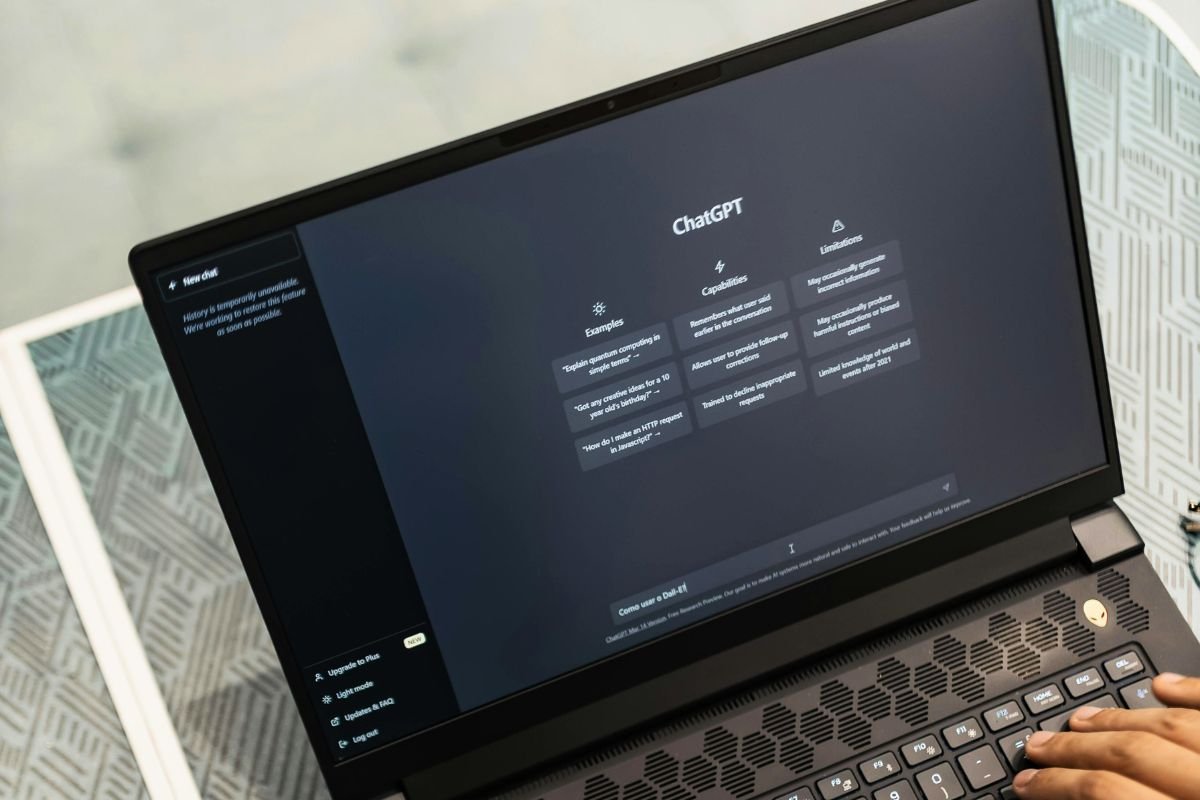Don’t let this slick new WhatsApp scam catch you off guard—millions are already at risk of losing their accounts to AI-driven trickery. Here’s how to spot the fake and lock down your messages.
The Invisible Imposter Message
Cybercriminals have perfected a new AI-powered ruse on WhatsApp: they send verification messages from a number that looks exactly like WhatsApp’s official line. The text appears in your normal chat thread—calm, polite, and utterly convincing. Before you know it, you think you’re simply confirming your identity.
The Trap: One Click, One Code
All it takes is a single tap on the provided link and punching in the six-digit code. Suddenly, the scammers have full control of your WhatsApp account. They can read every private conversation, impersonate you to infect friends and family, and spread the scam further—fast.
How to Shield Your Account
Protecting yourself is easier than you think:
- Forget clicking on random links, even if they look official.
- Enable Two-Step Verification in WhatsApp’s Account settings for an extra PIN.
- Regularly review “Linked Devices” and immediately unlink anything you don’t recognize.
Steps to Take If You’re Hit
Act fast to limit the damage:
- Remove unknown devices in “Linked Devices.”
- Reset your six-digit verification PIN.
- Warn your contacts about potential phishing messages.
- Report the breach to WhatsApp through Settings → Help → Contact Us.
Staying skeptical and using WhatsApp’s built-in security tools are your best defenses against this sophisticated AI scam. A moment’s caution now can save you hours of headache later.



